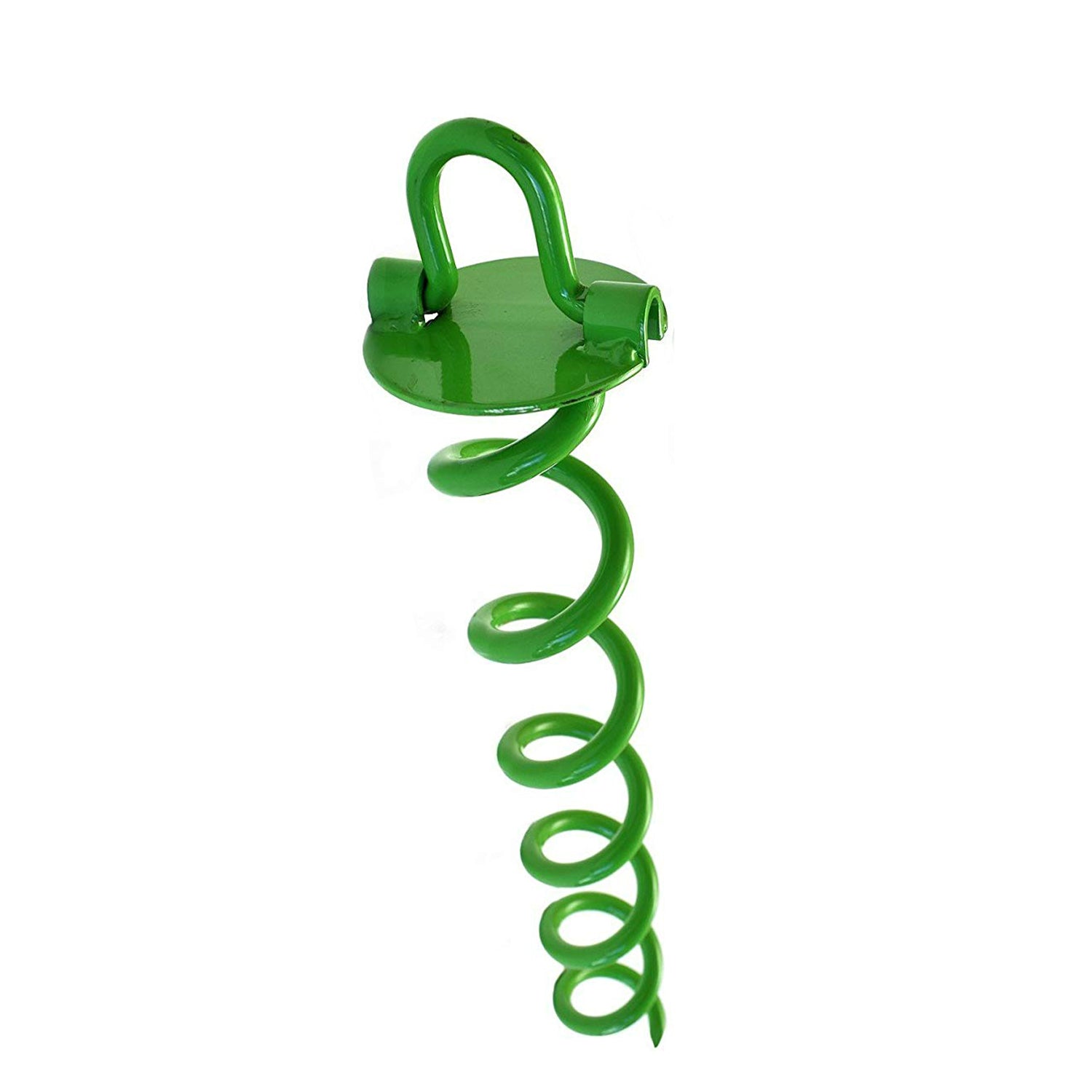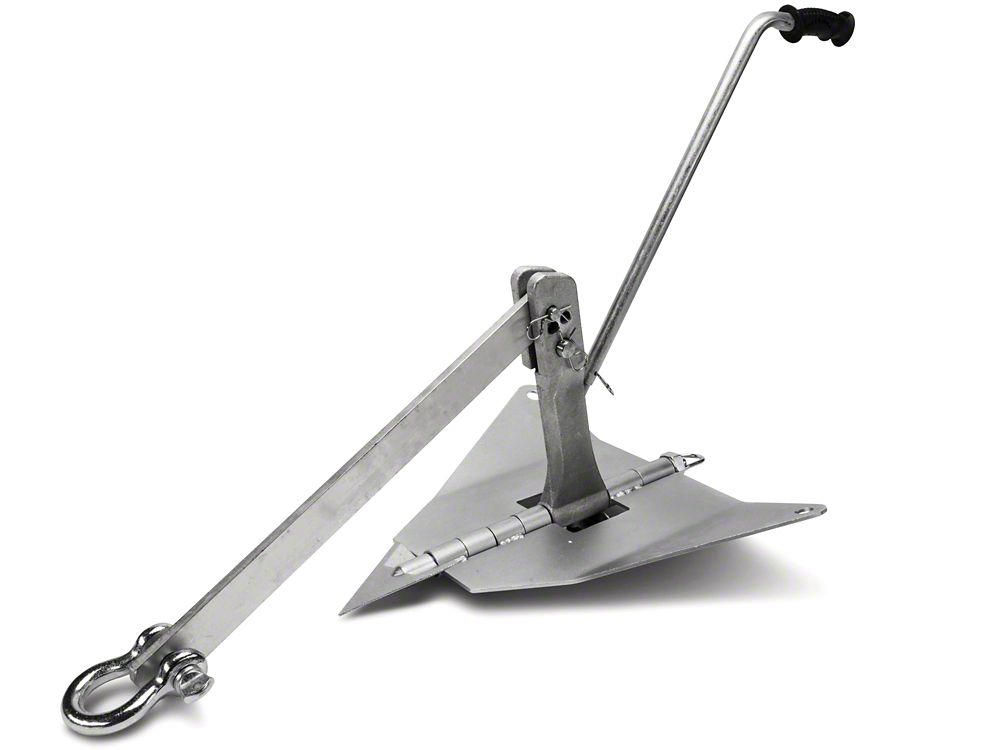The Best Ways to Install a Ground Anchor for Optimal Performance
The Best Ways to Install a Ground Anchor for Optimal Performance
Blog Article
Explore the Different Sorts Of Ground Anchor for Your Next Project
When starting a building and construction or landscape design job, understanding the numerous sorts of ground anchors available is crucial to making certain both security and durability (Ground Anchor). From auger anchors, which master diverse soil problems, to risk supports created for temporary setups, the options are countless. Furthermore, concrete and screw supports present special benefits in details situations, while deadman anchors are tailored for applications requiring resistance to lateral forces. The selection of an ideal support kind can substantially affect the overall success of your task, prompting more expedition into their particular advantages and applications.

Auger Anchors
Auger supports are a preferred choice in numerous building and construction and landscape design tasks because of their one-of-a-kind style and efficient anchoring capacities. These supports contain a helical screw-like shaft that is driven right into the ground, permitting a safe and steady hold. The spiral design facilitates simple setup and maximizes resistance versus lateral forces, making auger anchors specifically efficient in applications such as fence, short-lived structures, and disintegration control.
The setup procedure of auger supports is relatively simple. They can be manually or mechanically set up, relying on the size and needed deepness. This versatility enables their use in varied soil problems, from sandy to clayey surfaces. Auger anchors can be easily gotten rid of and recycled, which adds to their cost-effectiveness and sustainability.
One of the substantial benefits of auger supports is their ability to distribute lots evenly throughout the surrounding dirt, reducing the threat of dirt disturbance and lessening ecological influence. In addition, they are less susceptible to heaving or loosening up gradually compared to conventional securing methods. Subsequently, auger anchors are a superb selection for jobs calling for trustworthy and durable anchoring solutions.

Stake Anchors
When it involves securing structures in a range of outdoor applications, stake anchors offer a simple and trusted solution. These anchors are commonly created from durable products such as steel or light weight aluminum, designed to withstand environmental stress and anxieties while providing optimum security. Their basic style enables fast setup, making them a suitable selection for short-lived or long-term anchoring needs.
Risk supports are particularly helpful in safeguarding camping tents, covers, and other lightweight frameworks against wind and weather condition. They operate by being driven right into the ground at an angle, producing a strong hold that resists pull-out forces - Ground Anchor. The performance of stake supports depends on several elements, including dirt type, wetness content, and the angle of installment
For added protection, many risk supports feature attachment points for ropes or bands, enabling for stress modifications as needed. In applications such as landscaping or building, they can effectively stabilize tools or frameworks on uneven surface. On the whole, stake anchors offer a functional and economical remedy for safeguarding numerous outside installments, making them a preferred choice for specialists and do it yourself lovers alike.
Concrete Anchors
Concrete anchors provide a robust remedy for protecting structures to concrete surfaces, ensuring stability and safety and security in various applications. These anchors are vital for projects varying from household constructions to large industrial setups. They come in various kinds, including development anchors, adhesive anchors, and why not try here undercut supports, each created for certain lots demands and ecological problems.
Glue supports make use of high-strength epoxy or material to bond the anchor to the concrete, providing exceptional load-bearing capacities, especially in split concrete situations. Undercut anchors produce a distinct form within the concrete, providing extraordinary holding power, especially in applications where tensile loads are prevalent.
Choosing the appropriate concrete support includes thinking about variables such as the weight of the load, the problem of the concrete, and environmental problems. Correct installation methods are vital to guarantee optimum performance and dependability. When implemented properly, concrete anchors considerably boost the structural stability of various tasks, making them crucial in contemporary building techniques. Understanding the specific requirements of your job will certainly assist in picking the appropriate kind of concrete support for the task.
Screw Anchors

Screw anchors are a versatile attaching remedy that can be successfully utilized in a variety of applications where conventional concrete anchors might not suffice. These supports consist of a helical design that permits them to be quickly driven into the ground, making them perfect for use in dirt and various other substratums. Their one-of-a-kind structure provides superb holding power and resistance to pull-out pressures, making them appropriate for various tasks, from landscape design to structural assistance.
Among the key advantages of screw anchors is their convenience of installation. They call for marginal equipment and can often be installed without the need for excavation, which conserves both time and labor costs. In addition, screw anchors can be eliminated and recycled, offering a sustainable service for short-lived applications.
Screw supports are particularly beneficial in areas where dirt conditions are challenging, such as sandy or loosened soils. Their ability to be set up at differing depths enables modification based upon certain project requirements. Overall, screw anchors provide a trusted and efficient securing approach, making them a superb choice for specialists and designers seeking efficient options for their jobs.
Deadman Anchors
Deadman supports function as a robust solution for maintaining structures in difficult conditions, especially where conventional anchoring techniques might drop brief. These anchors consist of huge, heavy things buried underground, which create resistance versus lateral pressures. The style usually involves a straight element, such as a block of concrete or a steel plate, buried in the dirt, to which cords or straps are affixed.
The performance of deadman anchors exists in their capability to disperse loads over a bigger area, decreasing the risk of failing in unstable dirt conditions. They are especially advantageous in applications go to this website such as keeping wall surfaces, short-lived structures, and slope stabilization, where soil movement can endanger the honesty of the structure.
Setup of deadman supports needs cautious preparation to ensure they are placed at the correct deepness and positioning, optimizing their load-bearing capacity. While they may call for more labor and material than lightweight anchors, their dependability in adverse problems makes them vital for long-term tasks. Additionally, deadman anchors are flexible and can be adapted to various applications, making them a go-to option for designers encountering special obstacles in their projects.
Conclusion
In summary, selecting the appropriate sort of ground anchor is important for making sure stability and safety and security in various projects. Auger supports excel in diverse dirt problems, while stake supports fit short-lived applications. For concrete surface areas, expansion and adhesive anchors give dependable options, and screw anchors use adaptability in difficult surfaces. Deadman anchors are particularly reliable in resisting lateral forces for preserving walls. Cautious factor to consider of these choices will certainly enhance job outcomes and architectural integrity.
In addition, concrete and screw supports existing special benefits in particular scenarios, while deadman anchors are tailored for applications requiring resistance to side pressures - Ground Anchor.Auger supports are a preferred choice in numerous building and construction and landscaping jobs due to their special design and reliable securing abilities. They come in various types, consisting of growth anchors, adhesive supports, and undercut anchors, each developed for specific lots demands and environmental problems
Sticky anchors make use of high-strength epoxy or material to bond the support to the concrete, using remarkable load-bearing capabilities, particularly in fractured concrete situations. Overall, screw anchors her explanation give a reputable and effective anchoring technique, making them an outstanding choice for professionals and designers looking for efficient services for their jobs.
Report this page